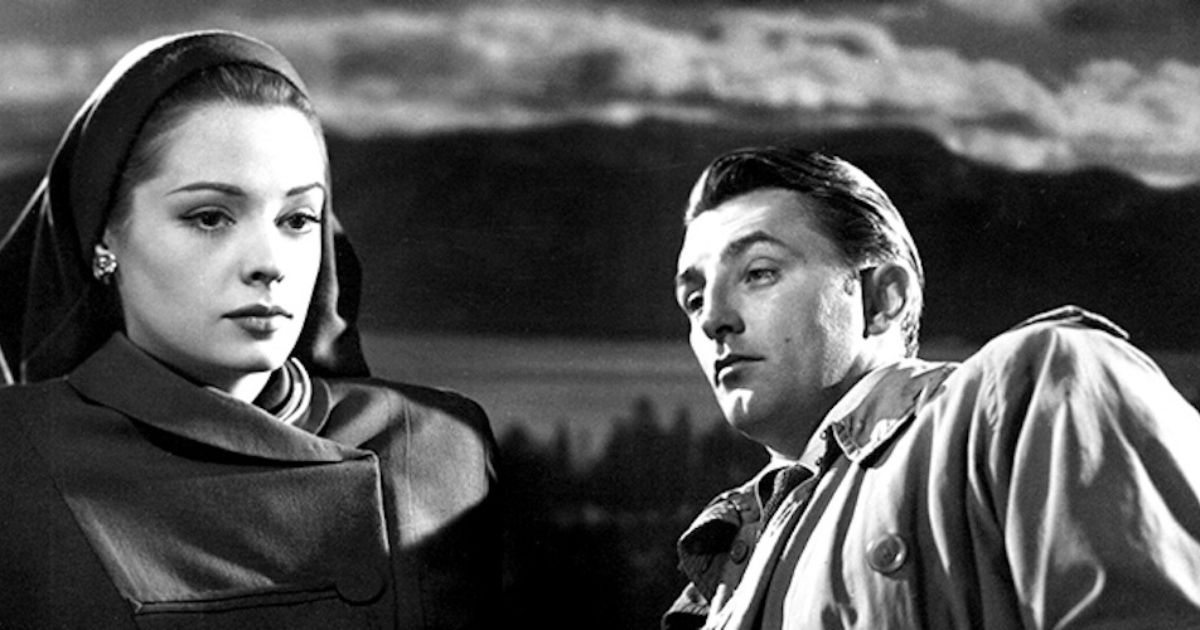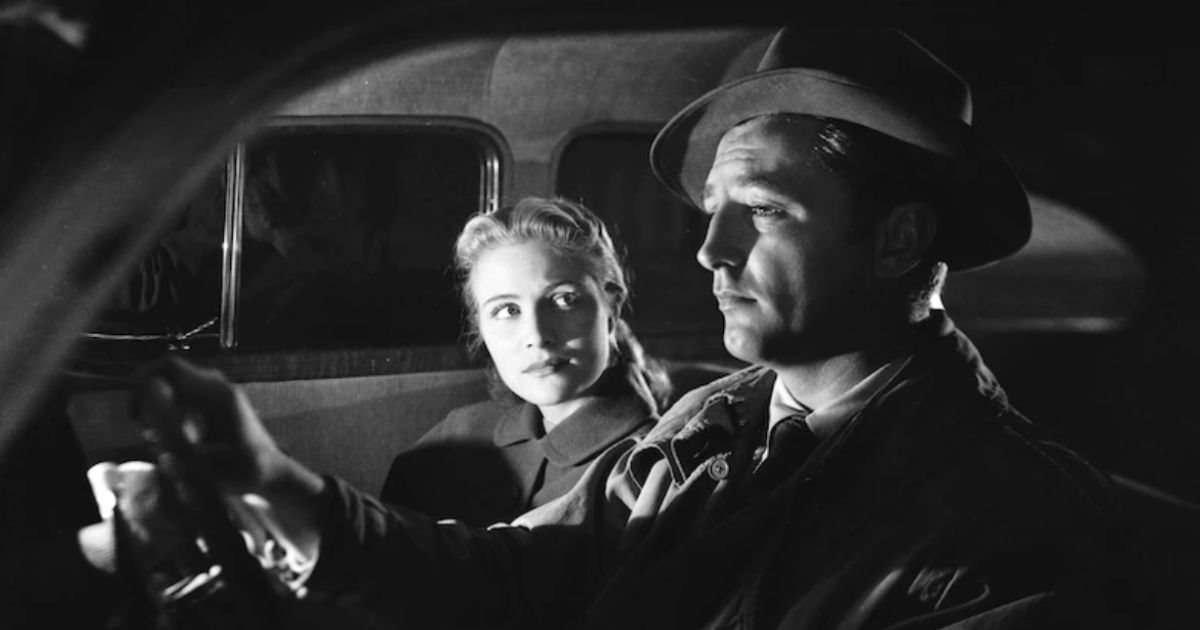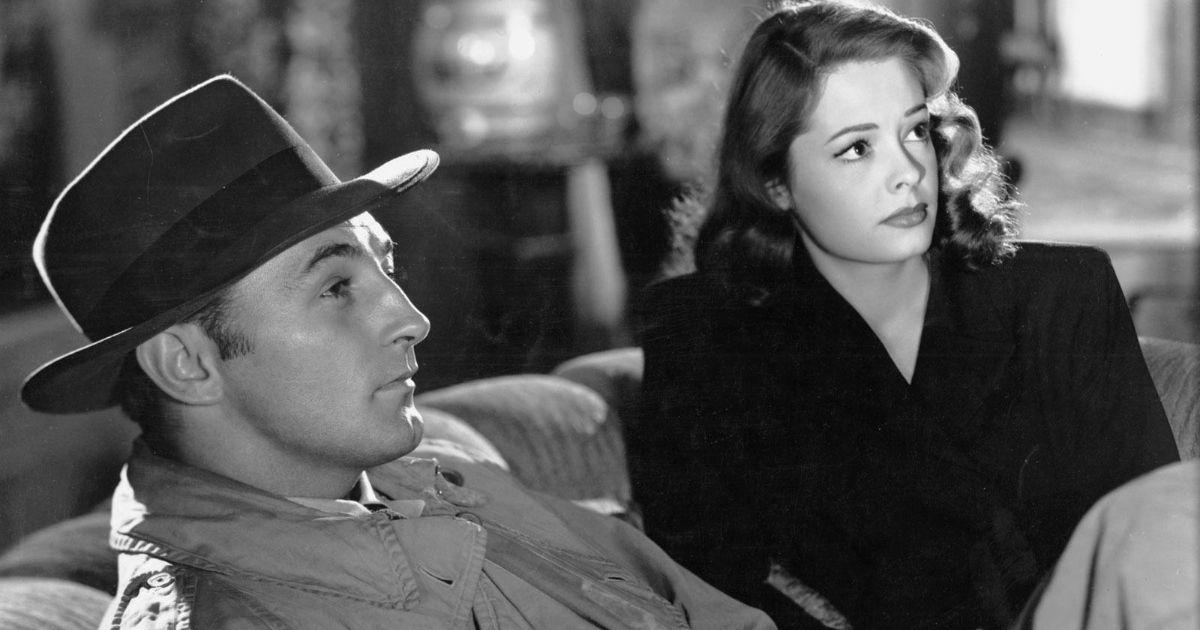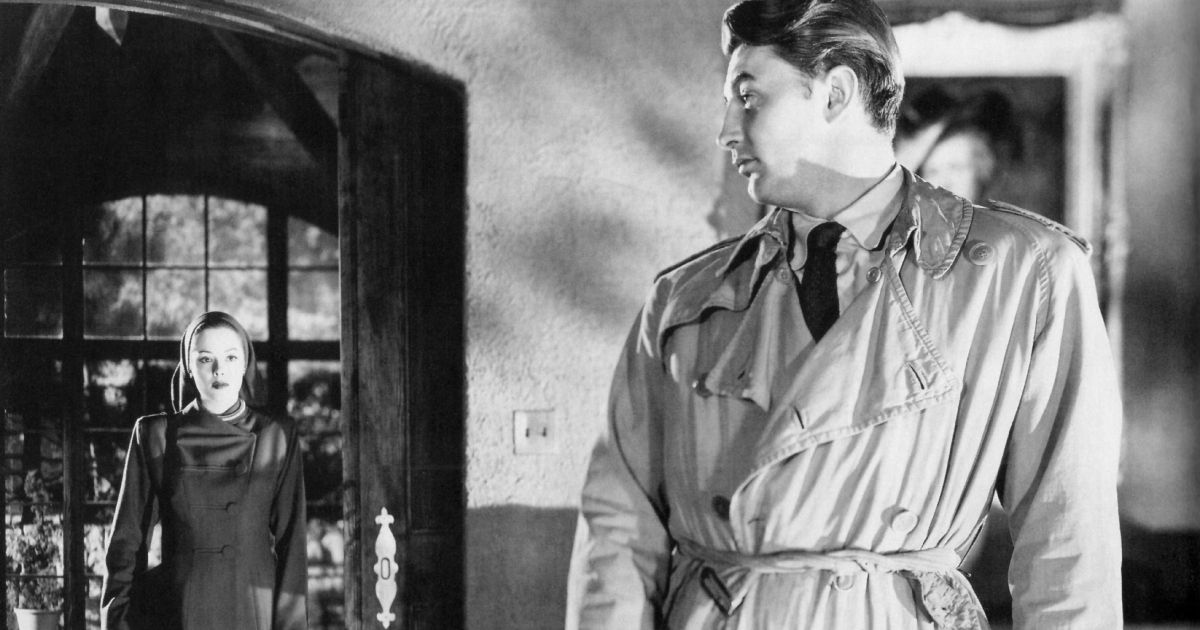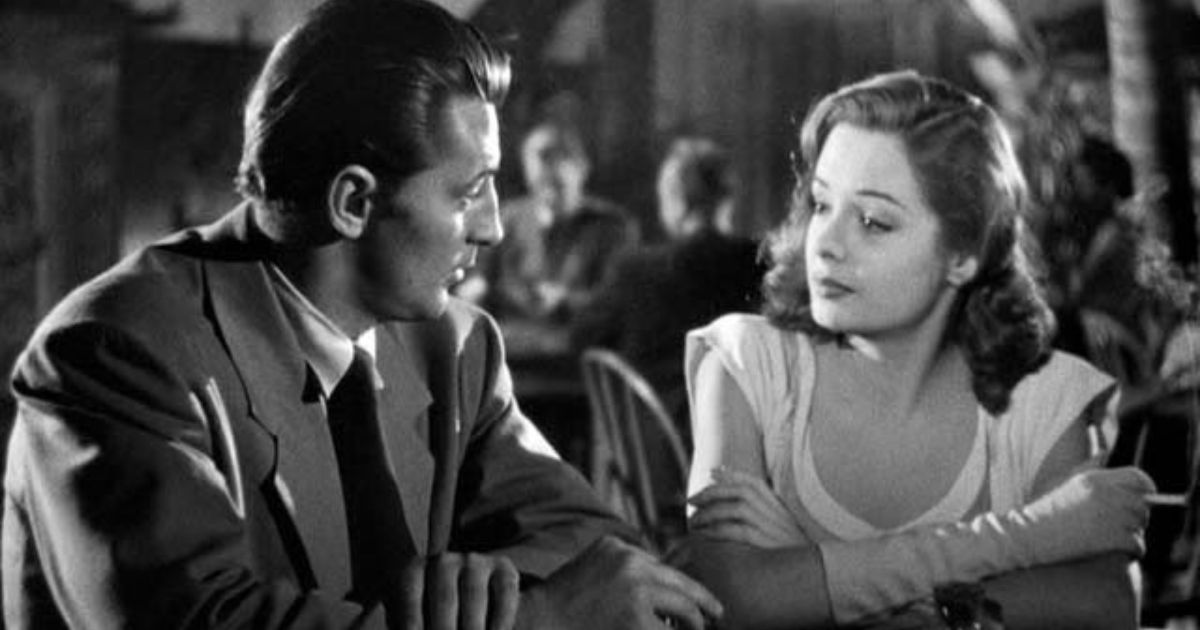Film noir is a notoriously tricky genre to do well. While it was often one of the most popular genres in old Hollywood, it required a kind of gritty edge that often caused it to skirt the edges of risqué dialogues and tropes. As a result, films of this type sometimes pushed the boundaries of acceptability in the days of censored cinema and the Hays code.
Originally a French term that literally translates as black or 'dark' cinema, the stylized repertoire of film noir usually lends itself well to complexly layered detective stories with a kind of cynicism, fatalism, and romanticized melancholy that especially reflected society after World War II. As far as those go, Out of the Past is likely the greatest film noir ever made - which is truly saying something since the movie was first released in 1947.
Out of the Past holds an eternal appreciation among cinephiles familiar with the genre and that particular era of filmmaking, but what exactly causes it to evoke so much nostalgia and reverence to this day?
Noir Perfected
Film noir classics in the caliber of Out of the Past engender nuanced types of filmmaking that some may say are simply a lost art form these days. True noirs require an artistic expression of fatalistic themes and characters to give them their acerbic nature without being so pessimistic that they lose the audience along the way. When done right, film noirs keep an audience enraptured by their style and ability to make them root for anti-heroes, inviting them to forego any normalized expectations of traditional film tropes, and fully immerse themselves into a world that seemingly has no rules.
Since the genre emerged from the ashes of the great depression and especially the turmoil of war, it tapped into society's disgruntlement and offered a more believable reality in light of the actual struggles life itself never seemed to run out of. The crowning glory of Out of the Past lies in the fact that it not just captured this genre in its most unadulterated form, but seemingly perfected it too.
The Layered Complexity
Out of the Past centered around the classic film noir private eye trope, following Jeff Markham (played by an imperious Robert Mitchum), who gets pulled back into a sordid past that saw him double-cross a gangster who hired him to track down a femme fatal who not only stole from the guy, but shot him too.
Expecting his client to want her killed, he is instead stunned to know that he just wants her back. Just this one fact about the plot alone immediately showcases its subversive plot line while slathering it in scads of racy intrigue. The inevitable question posed to a viewer's mind at that moment (as it is in Jeff's) is what could possibly make this woman that desirable?
He soon tracks her down and sees for himself that Kathie Moffat (played by the fittingly beautiful and irresistibly charming Jane Greer) is a woman capable of beguiling any man in an instant. He is soon under her spell too, helps her get away with her schemes, only to be double-crossed by her himself; learning along the way that she did indeed both shoot and steal from her boss.
Now, even more unbelievably, Jeff, who thought he had left it all behind, experiences the inertia of his past when he is rehired by the same boss for a new job, despite him being aware of everything that took place the first time. Kathie is there this time and the real double-crossing has only just begun. By winding and twisting its way back and forth between such intricately layered subplots, the film showcases its true genius at every unexpected turn.
Filming and Style
As with all film noirs of the time, Out of the Past featured beautiful camera work and wonderfully contrasted lighting that effortlessly pulls significant aspects of its scene into prominence with an insurgent group of characters that bring it all to life. The brilliant use of mise en scène camera work to portray a character's stature in relation to a particular scene or event was also a thing of beauty.
The film is also often mentioned as something of a smoker's paradise and consists of so many smoking scenes that it might be said that the entire movie is seen through the elegant plumes of a cigarette.
Like true noirs, it switches up the ordinary expectations of viewers from the get go. Rather than being linear or a conventional detective story plot that relies on following clues to move the story along, from the very beginning Out of the Past starts at the aftermath of its key points. It then delves into the past to see what led there, before picking up from the present again to move it forward with those contextually fascinating scenarios now informing its equally enthralling machinations from that point on. All the while, Mitchum's impeccable, perfectly written noir dialogue serves as a masterful voiceover.
The Legacy of Out of the Past
All of these perfectly executed devices combine with an amazing cast, sharp, witty dialogue, and an egregious style to rightly make the movie the poster child of film noir greatness. A firm favorite among fans of the genre and cinephiles in general, it leaves behind an enduring legacy that still excites many a film critic to this day.
A true masterpiece, the brilliance of its design and the nature of its hero is perhaps best summed up by the words of another legend, film critic Roger Ebert:
Most crime movies begin in the present and move forward, but film noir coils back into the past. The noir hero is doomed before the story begins — by fate, rotten luck, or his own flawed character. Crime movies sometimes show good men who go bad. The noir hero is never good, just kidding himself, living in ignorance of his dark side until events demonstrate it to him.

